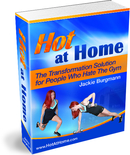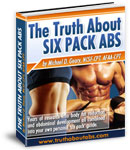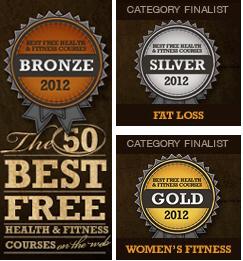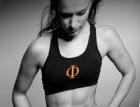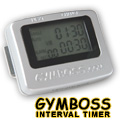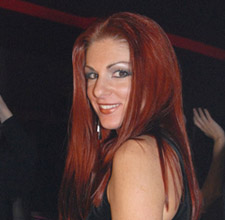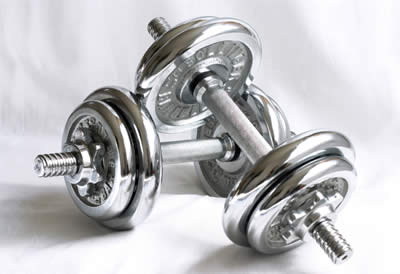Energy Explained
A shiny new week! And since it’s a long weekend where I live and today is a holiday, my good friend Shrinath is taking over for me so I can have a little well-deserved break.
~~~~~~~~~~~~~~~~~~~~~~~
ENERGY! How Do We Get It?
There are plethora of articles about nutrition, fitness and what we eat. Food equals energy. And that has been dealt with, in this site quite extensively. The metabolism has been a favorite subject here, too.
But how exactly does our body convert all that food into energy? How does that translate into muscle?
Muscles use glucose, fatty acids, ketone bodies and aminoacids as energy source.
Muscle also contains a reserve of creatine-phosphate, a compound with a high phosphate-transfer potential that is able to phosphorilate ADP to ATP, thereby producing energy without using glucose.
The amount of creatine in the muscle is enough to sustain about 3-4 s of exertion. After this period, the muscle uses glycolysis, first anaerobically (since it is much faster than the citric acid cycle), and later (when the increased acidity slows phosphofrutokinase enough for the citric acid cycle to become non-rate-limiting) in aerobic conditions.
What exactly is that, you ask? Well this …
Creatine-phosphate is a compound with a high phosphate-transfer potential, which is able to phosphorilate ADP to ATP. This in turn produces energy without using glucose.
Huh you say? Let me explain.
Studies have shown that, sugars, gets converted and stored. When we consume a meal, the pancreas secrete insulin, when blood glucose levels are high. Insulin stimulates glucose uptake by the muscle, glycogen synthesis, and triacylglyceride synthesis by the adipose tissue – ATP.
Okay, okay. So what exactly has this do with your muscles? Or energy? Or for that matter food hence nutrition? And what the heck is ADP or for that matter ATP?
ATP: Adenosine triphosphate and ADP: Adenosine diphosphate. Di = 2 and tri = 3. So when a phospate is lost, energy is relased.
Technically speaking, the whole enchilada from a biological perspective is thus:
“ADP is the end-product that results when ATP loses one of its phosphate groups located at the end of the molecule. The conversion of these two molecules plays a critical role in supplying energy for many processes of life.[2] The deletion of one of ATP’s phosphorus bonds generates approximately 7.3 kilocalories per Mole of ATP.[3] ADP can be converted, or powered back to ATP through the process of releasing the chemical energy available in food; in humans this is constantly performed via aerobic respiration in the mitochondria.”
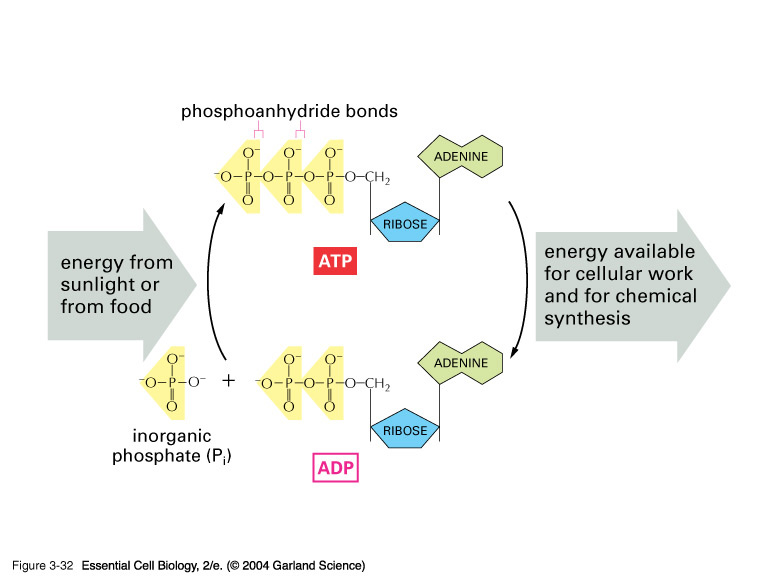
So great, we are done with the biology lesson. Sorry folks, if it was a bit dull.
We have all been in a position where we eat at a party or a night out and then in the morning regret it!
But now, you have an idea as to what the body does in converting that source (stuff consumed) into energy.
If you have had a load of carbs, say a durum wheat pasta in white sauce, you know exactly what the body is going to do. Enzymes are secreted, the food is broken down in to its elements and stored.
Food for pleasure is perfectly fine, however cannot become a staple.
For example, you cannot, I mean simply cannot consume a bowl full of ice cream and sleep!
Everything has to be in moderation.
Too much energy is also not good. Neither is too little.
I eat mindfully and ensure that I have all major food groups. Carbs, proteins and fat. Also consumption of fresh green vegetables is a must.
So, plan your meals ahead. Try to avoid eating out as much as possible. There are certainly enough recipes and instruction videos available to cook a healthy nutritious meal at home.
~~~~~~~~~~~~~~~~~~~~~~~
Thanks to Shrinath Sundaram for this informative and interesting explanation about how the food we eat is converted into the energy we use to live. And thanks especially Shrinath, for helping me out on my day off today!
Have a fit, fun and fantastic day.
Girlwithnoname
8633
Comments Off on Energy Explained


